Advertisement
If you had the chance to grow up in the US for sure, you have gone into museums for at least one time. This type of place is made to showcase parts of the history that once was the primary way of living. You probably noticed that old houses more or less look the same. This is because they are the so-called colonial homes.
The colonial architecture is quite easy to be explained. We can see its emergence as a typical house style since the American colonies during the colonial rule. In the US, we can understand Spanish, French, Dutch, and British architecture. This is because settlers from all those countries used to be the inhabitants of these lands.
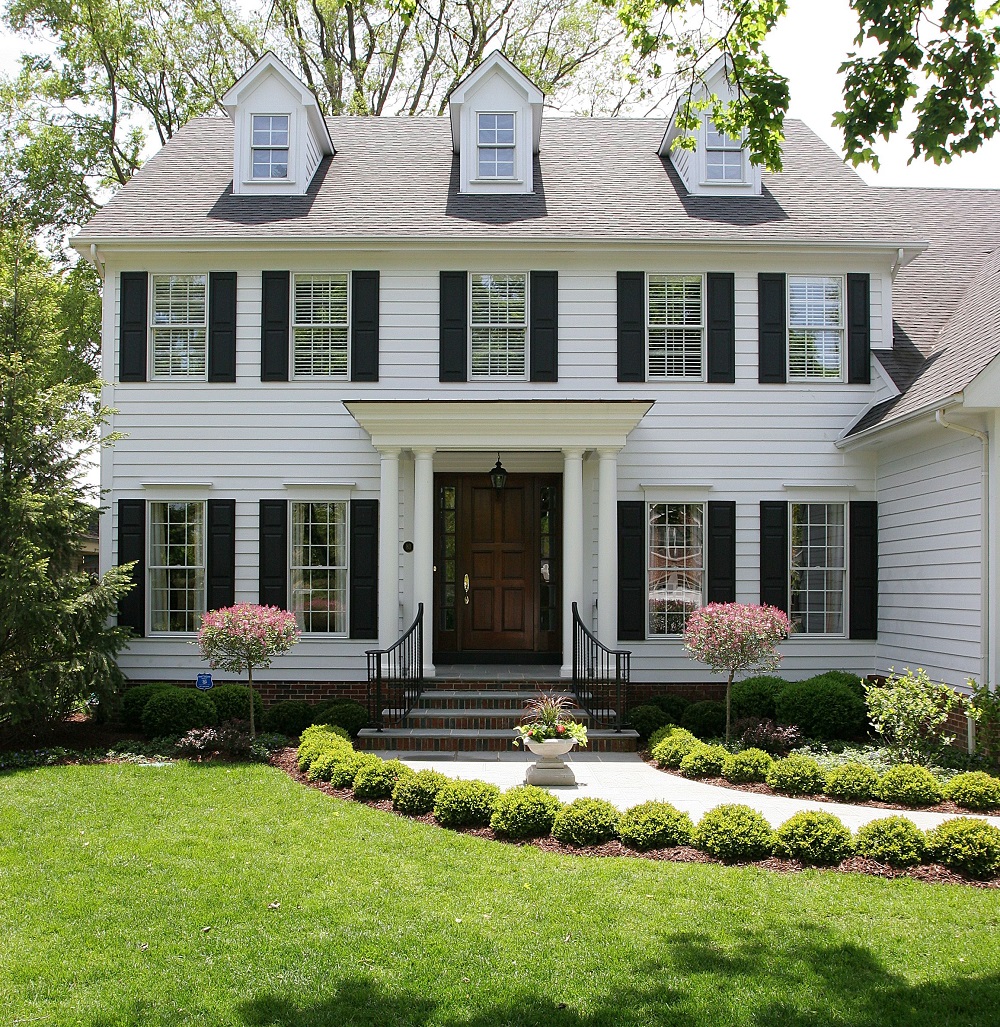
Image source: Normandy Remodeling
When you go for the first time in colonial homes, you will enjoy a fun experience. There is an unspoken urge that can protect the history that walls hold while making the space livable for you and your family.
Learning about the history of colonial homes is going to be of help when you need to know what is essential for this style. Here is more info about the colonial-style house.
How do colonial homes look like?
When they arrived in the New World, the colonist brought construction techniques and styles from their homelands. Even if they used their origins to create the architecture, quite fast colonial homes evolved in their form.
Exterior
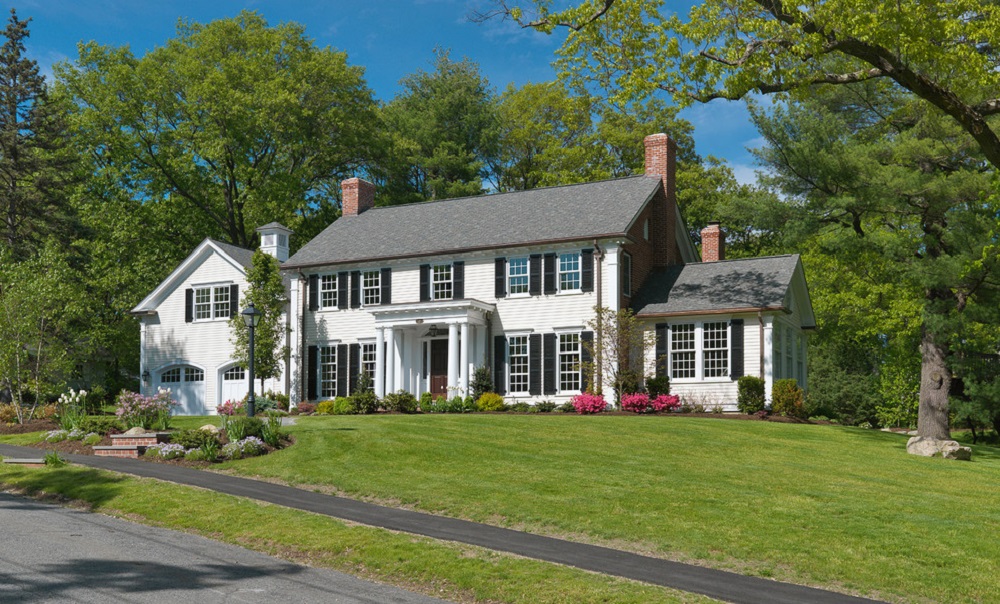
Image source: Jan Gleysteen Architects, Inc
Traditional American colonial homes are quite simple. Similar to the homes from colonists that lived in the UK, they usually have two stories with a rectangular shape and symmetry. The roofs are steep, and this means that if you look at it from the front door, you see just the shingles.
Even though clapboard siding is one of the most common among historic Colonial homes, you can find brick facades as well; colonial homes can always surprise you with a particular design element. A straight forward design can provide the interest that the architecture lacks.
Quite often you might intersect with a colonial-style home with stone exterior. This is the hardest to find colonial homes. If you can buy such a house, make sure to keep the historical integrity of the home for the next generations.
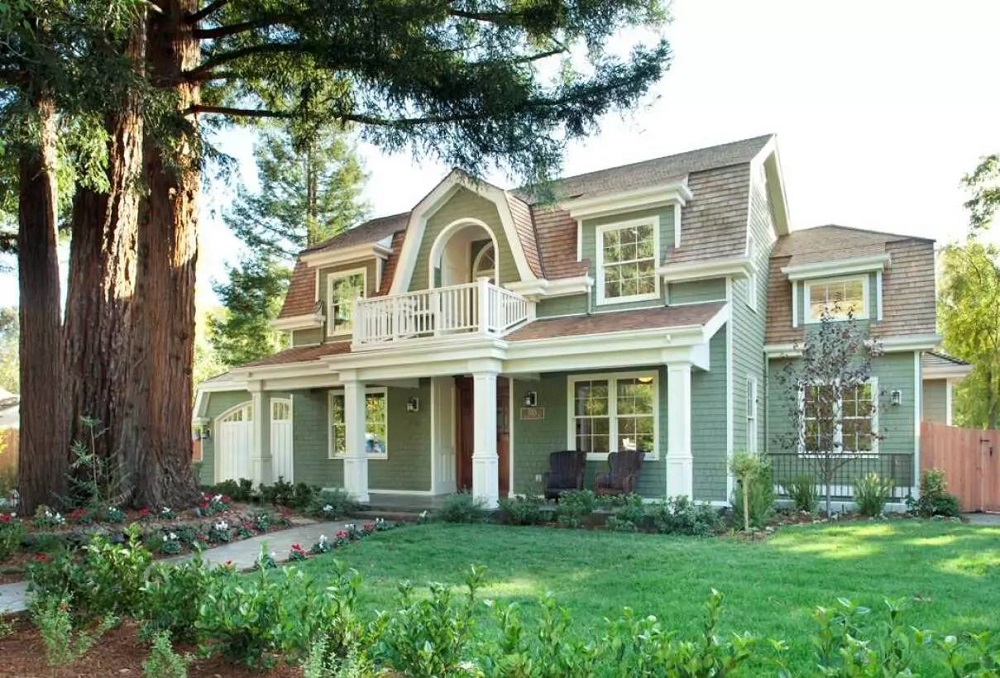
Image source: Arch Studio, Inc.
The front door is usually located in the center of the home, and it is the main point of attraction. Many colonial homes that we see have some decoration that is attached to the door.
The roof lines are quite steeply pitched, so be careful with that. Another feature that we see in the colonial style is the existence of a porch. Columns in front of the door are also a standard feature, but this doesn’t mean they are a must.
The exterior of colonial homes usually also has windows that are placed symmetrically on both sides of the front door. They look lovely and give a unique feel to the entire house.
Interior
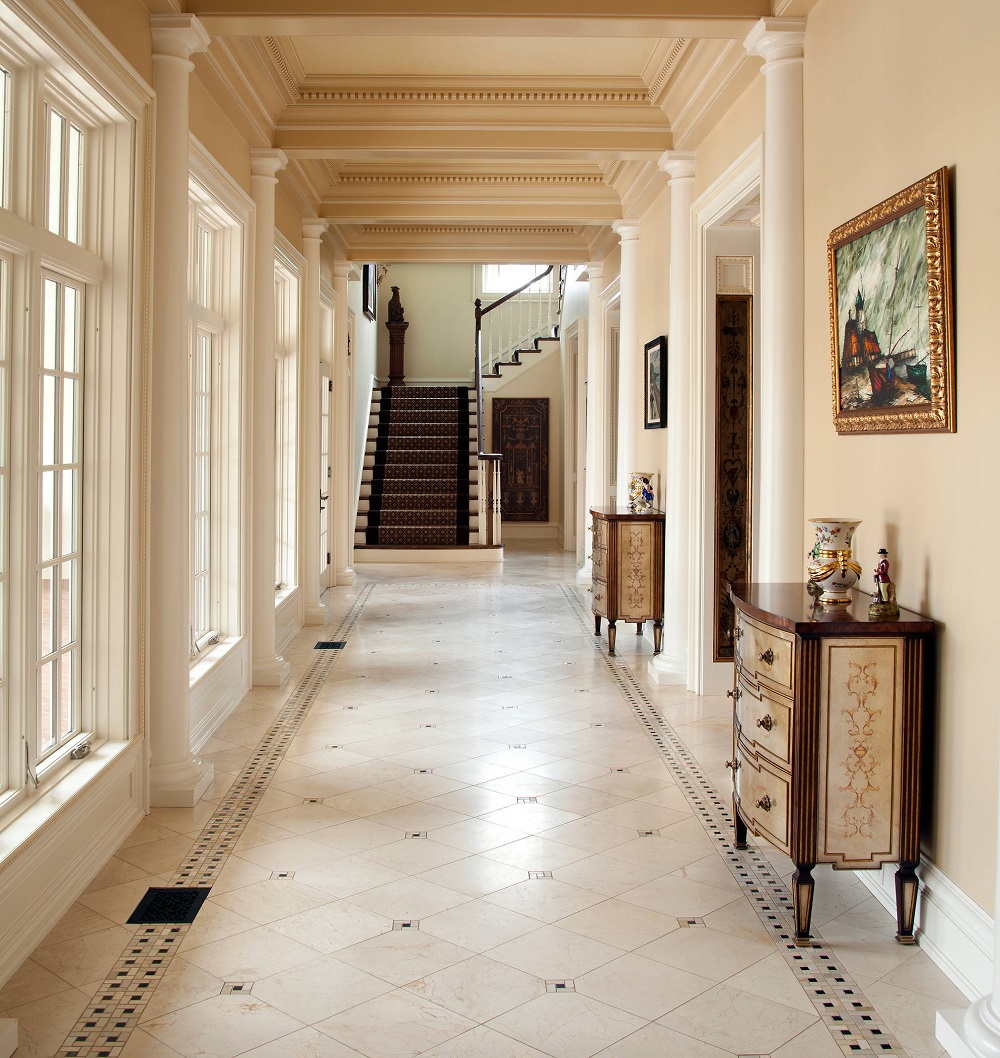
Image source: Kaki Hockersmith Interiors
The colonial home is, most of the time, two stories tall and in some cases, even three. They have regular common spaces like the living room, kitchen, dining room, and family room. They are traditionally located on the first floor with bedrooms on the second and third floors.
These homes are usually one room deep and three apartments wide. Another thing that you see in the colonial house style is the large central fireplace. Sometimes there might be two fireplaces for symmetry.
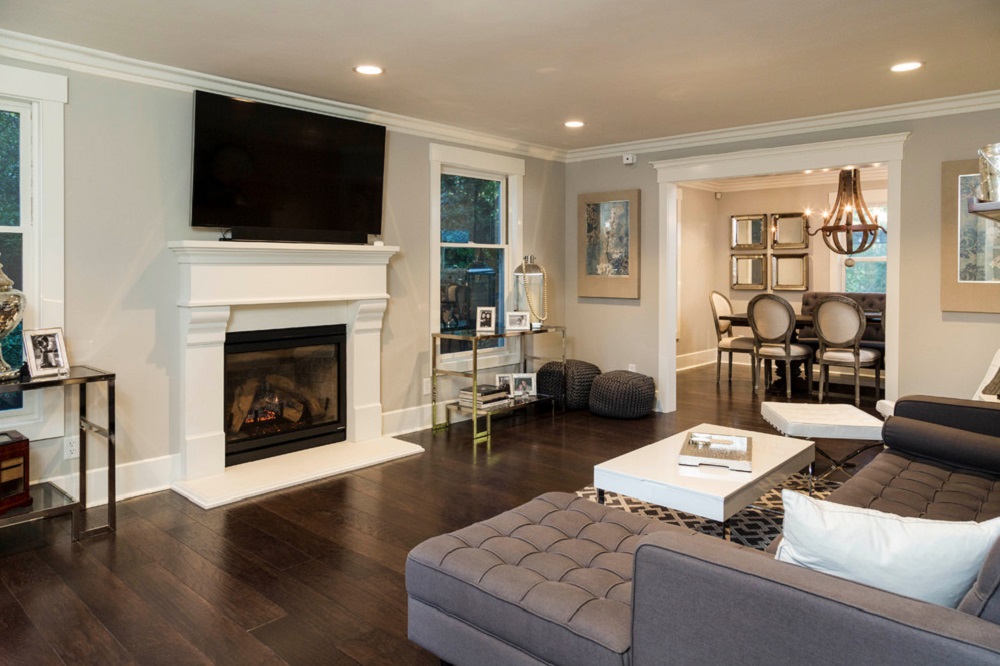
Image source: Fautt Homes
In terms of decor, you see everyday ornamental decoration in each floor plan. Most of the furniture is usually represented by high-quality antiquities that are well-polished and arranged in a clutter-free formal style.
Rustic furnishings are the best to go with this kind of style. The wood that should be used is pine or birch if you want a simple effect.
Colonial home styles
As we have seen the specific characteristics of colonial architecture, it is good to know that there are some regional nuances as well. While colonial-style homes in New England have been built with wood, those on Long Island and Hudson Valley are done with brick and stone.
This is why the Colonial style is versatile and gets to be a popular choice for many people that want their own home. Let’s see some more details about them and how they have evolved in time.
New England Colonial
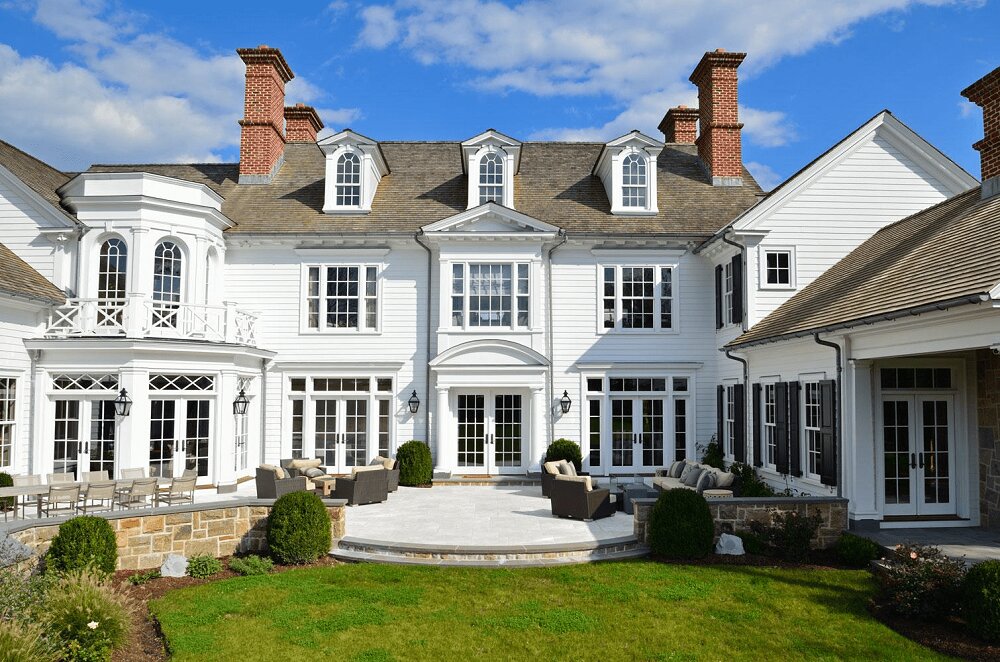
Image source: Douglas VanderHorn Architects
Colonial homes like this one can be seen in the Northeastern part of the country. We are talking about Vermont, New Hampshire, New York, where the original settlers were mostly English. So this is how they started to build homes in the styles of their origins.
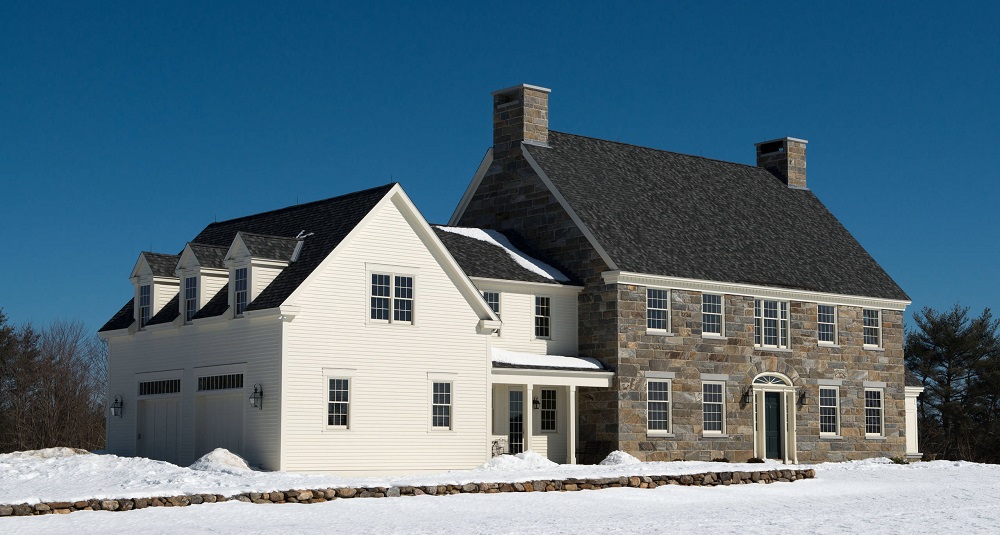
Image source: Old Hampshire Designs Inc
They have big chimneys and windows in the shape of a diamond-pane. Usually, they are called Post-Medieval English. Because these structures have been built by just using wood, a few are still intact. No matter you are going to find colonial charming New England colonial features incorporated in modern homes.
Dutch Colonial
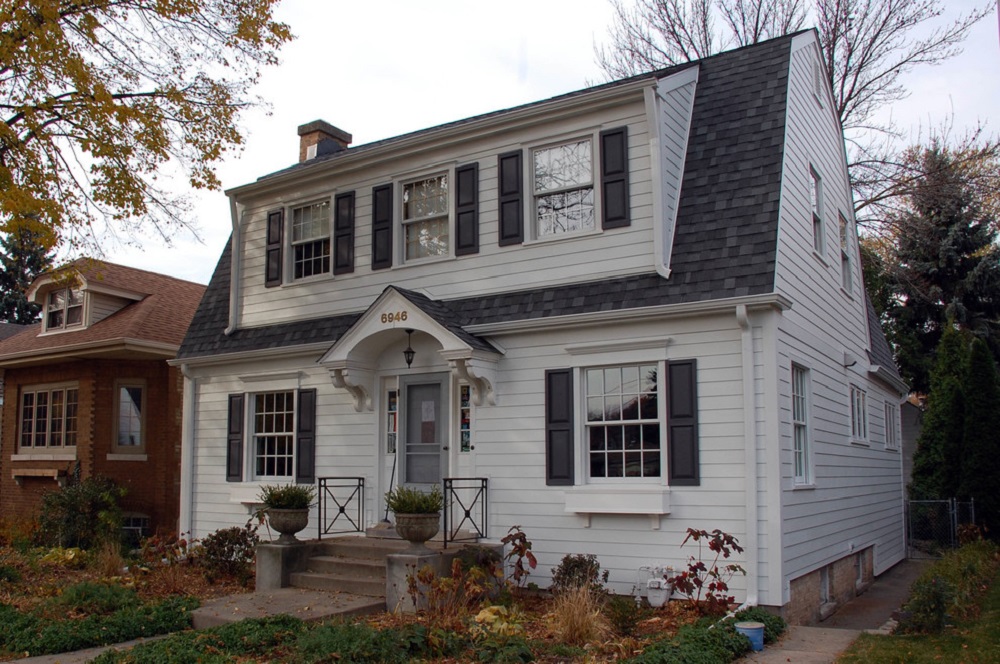
Image source: Siding & Windows Group Ltd
It gets the name from the Dutch settlers that build homes throughout the Middle Colonies. Some of the known features of these colonial homes are their broad double-pitched roofs. They have narrow dormer windows that get integrated into the roofline. This style is known as the gambrel roof and is referred to as a barn roof.
Georgian Colonial
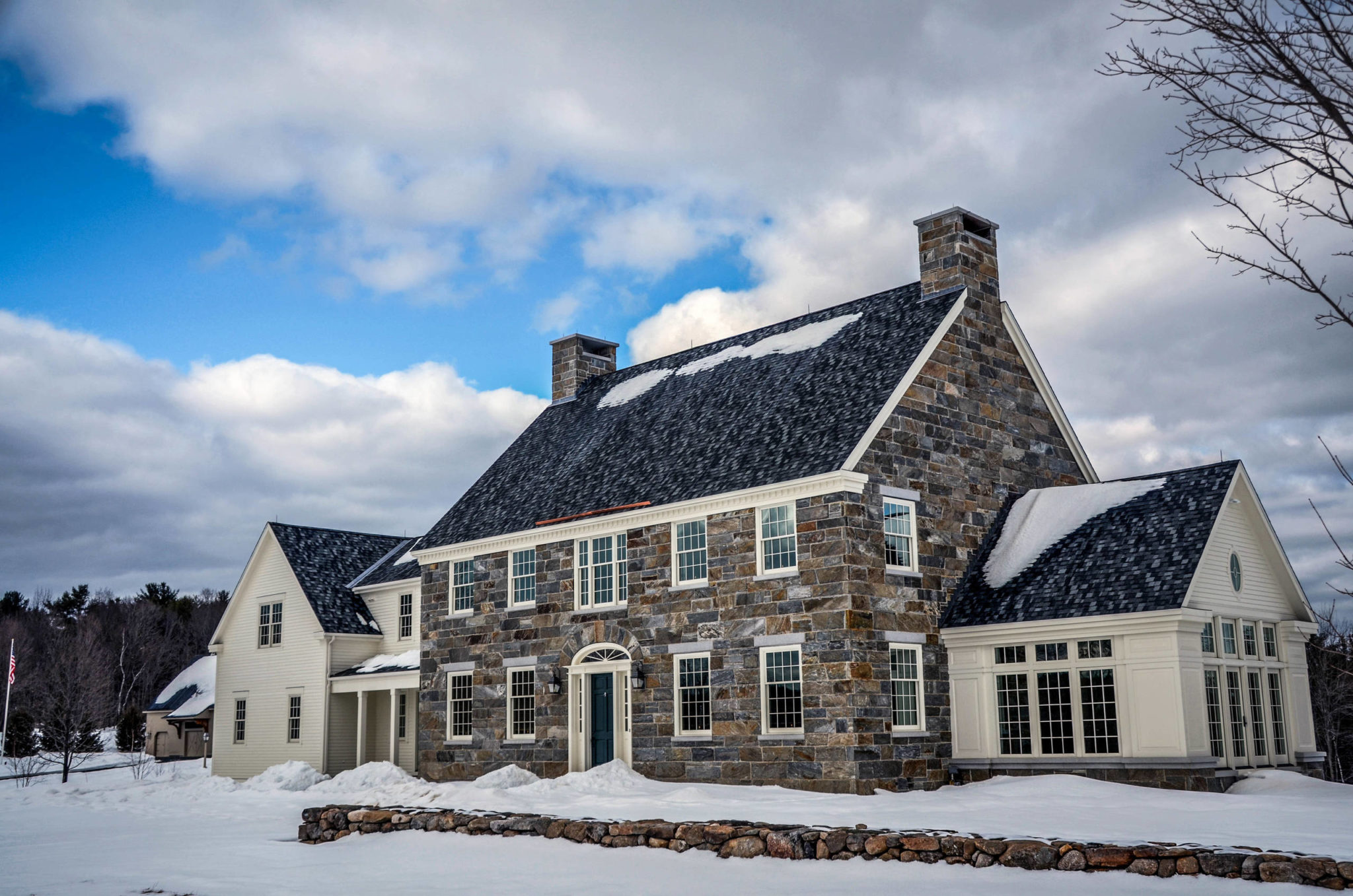
Image source: Bonin Architects & Associates
This colonial-style started back in the 1700s, and it represents the rising ambition of America as it focused on ornamentation and grandeur. This Georgian style is characterized by a square and symmetrical shape that has five windows in front of the house. Chimneys are not missing and are located and the end of the house.
Typically they have a minimum amount of roof overhang and molding lines that eave the home.
French Colonial
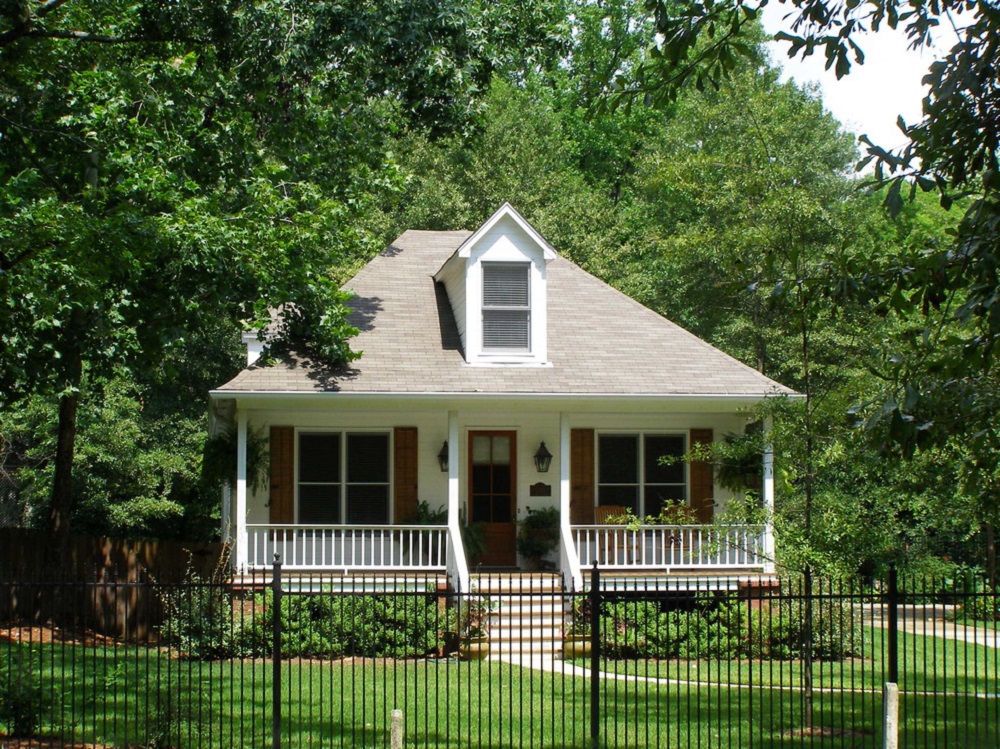
Image source: Authentic Historical Designs, LLC
For sure, it is evident that these colonial homes type got the name from French settlers that built their own homes. They are also known as the “Creole” architecture, and they combine French, West Indies, and Caribbean influences. They usually go well in wet climates. So expect to see them in parts of the US where often temperatures are high, and there is also a lot of rain.
We can find colonial homes done in this style in the south of the US. Their main features are:
- one or two stories
- big pitched roofs
- extensive porches beneath extended roofs
Spanish Colonial
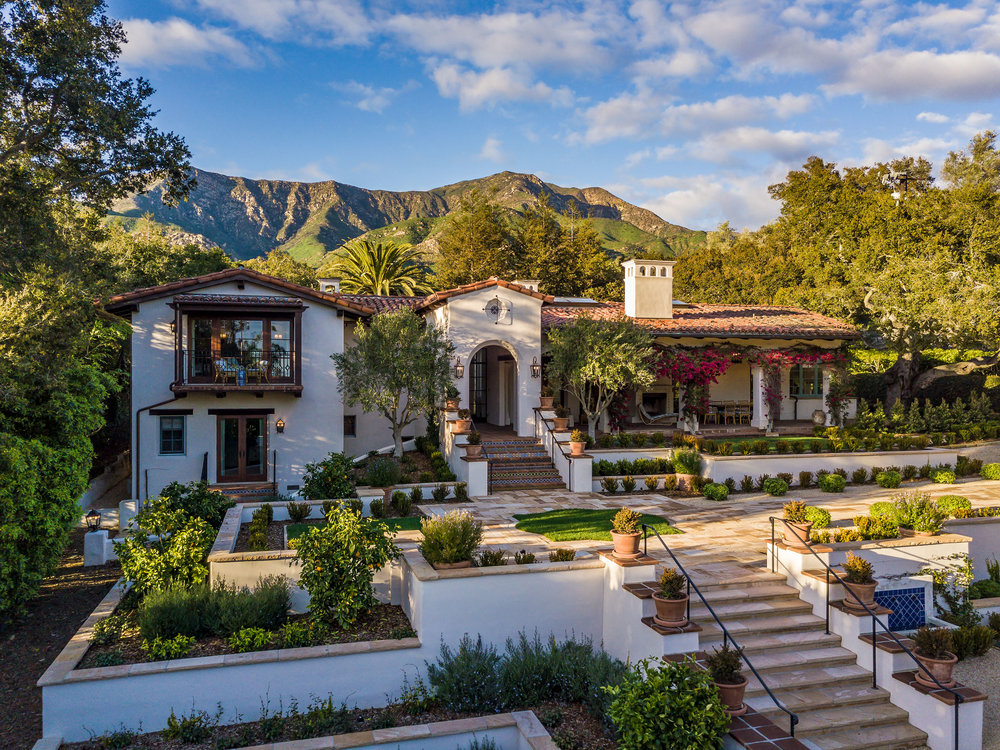
Image source: Allen Constructio.
The term Spanish Colonial is used to describe elegant stucco homes with fountains. Early explorers that came from Spain built this rustic homes using wood and crushed shells together with stone.
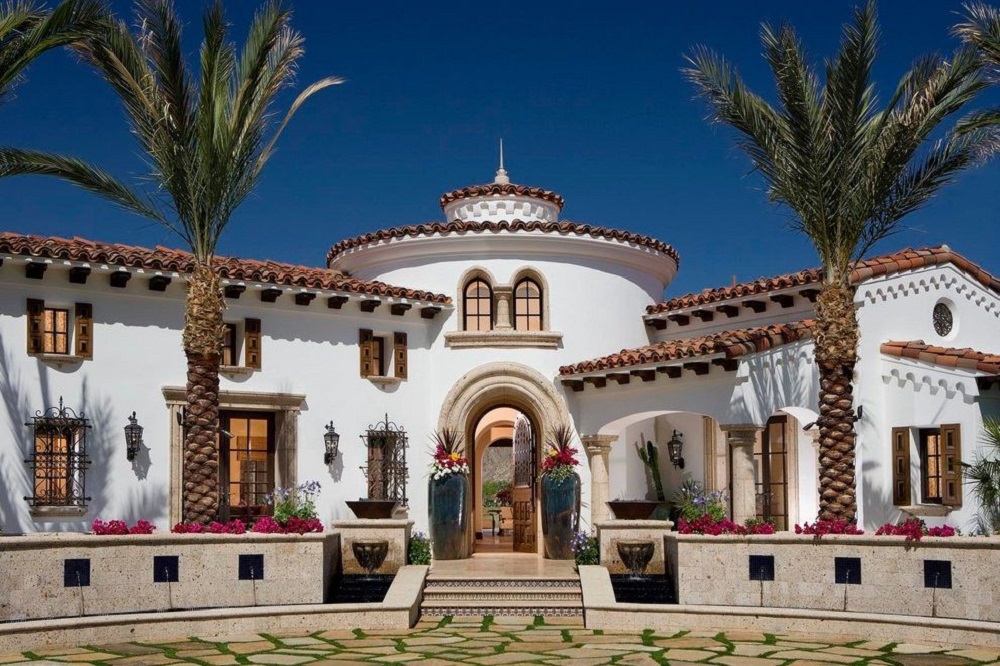
Image source: South Coast Architects, Inc.
We can find them around California and the southwest of America. They look beautiful, and you can take advantage of the Hispanic styling at any time.
German Colonial
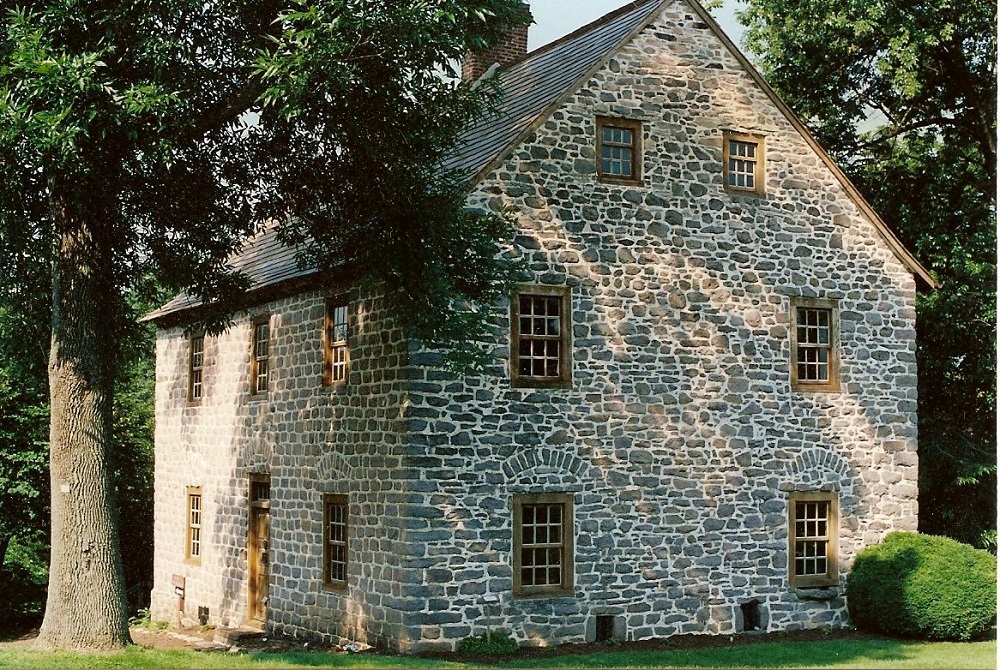
Image source: Architecture Restoration
People that settled in the US coming from Germany were located in Ohio and Pennsylvania. Their houses have a colonial style and are similar to many others but still, keep their unique features. This includes:
- Thick walls made from sandstone
- Symmetrical façade
- Reinforced stone
Stone Ender Houses
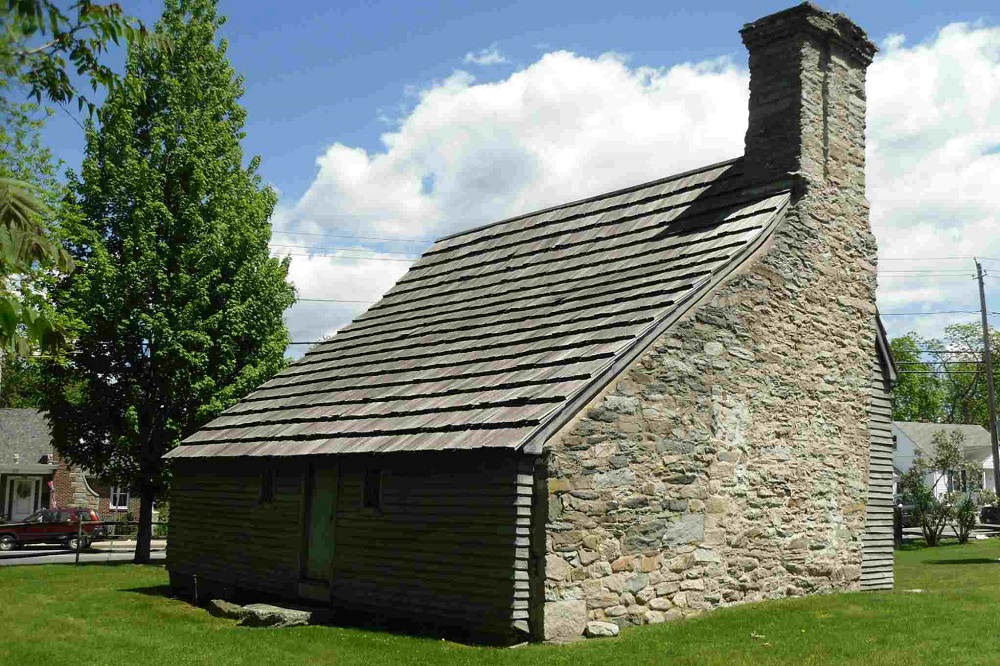
Image source: Vita Brevis
Another type of colonial homes that we like is this one. They have a pragmatic architecture and are done using native construction materials. Colonists began to build them according to the houses they saw in western England.
This colonial homes became known as the Stone Ender. Just one end of the house was done using stone.
Ending thoughts on colonial homes
In conclusion, most of the colonial houses are gone, but due to their forms and details, we can still build modern ones. Colonial architecture has inspired indeed a lot of multiple styles that are being used even today. Due to this, we have more ideas and ways of creating beautiful homes, and we have to be grateful for all that was build before.
If you enjoyed reading this article about colonial homes, you should read these as well:
